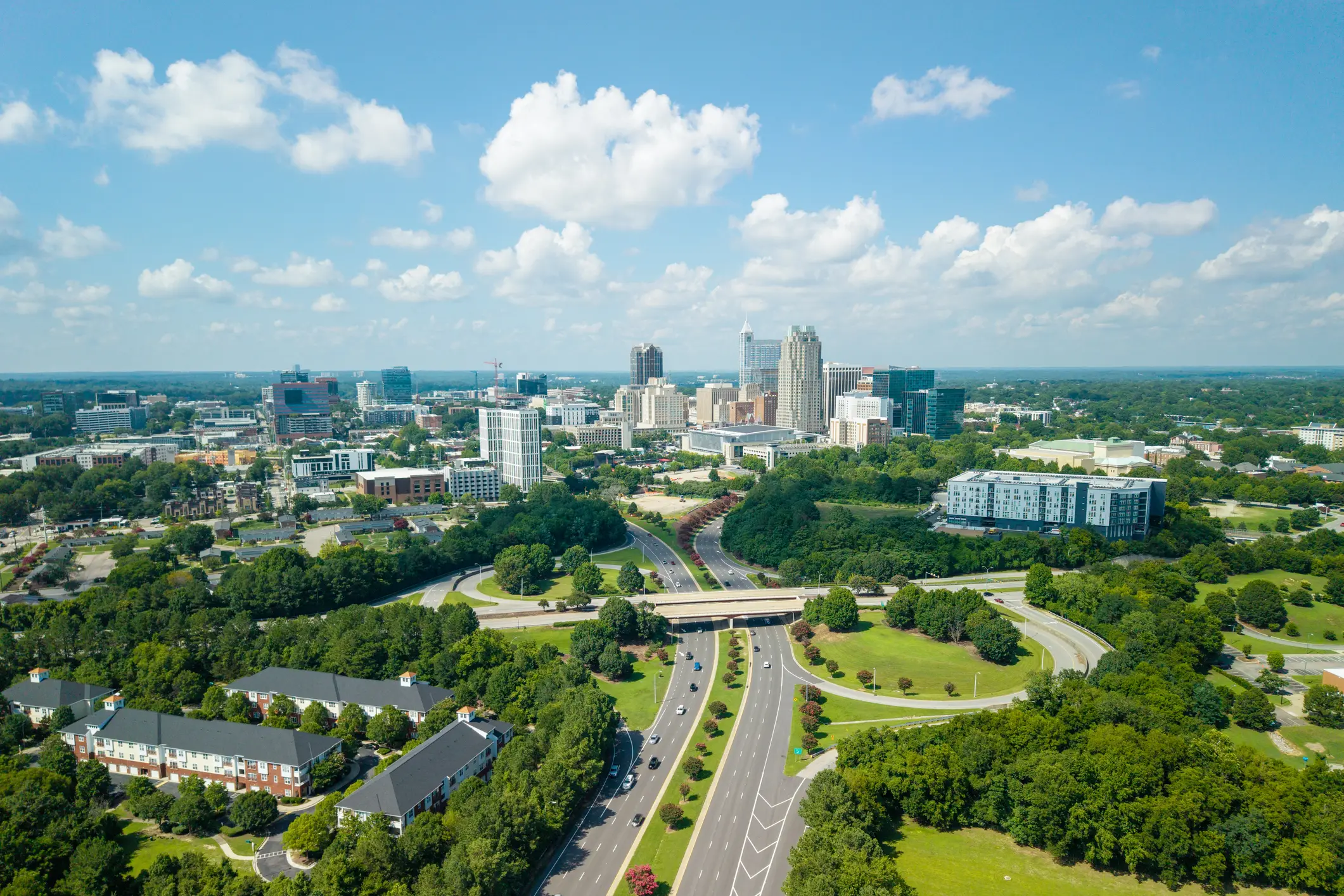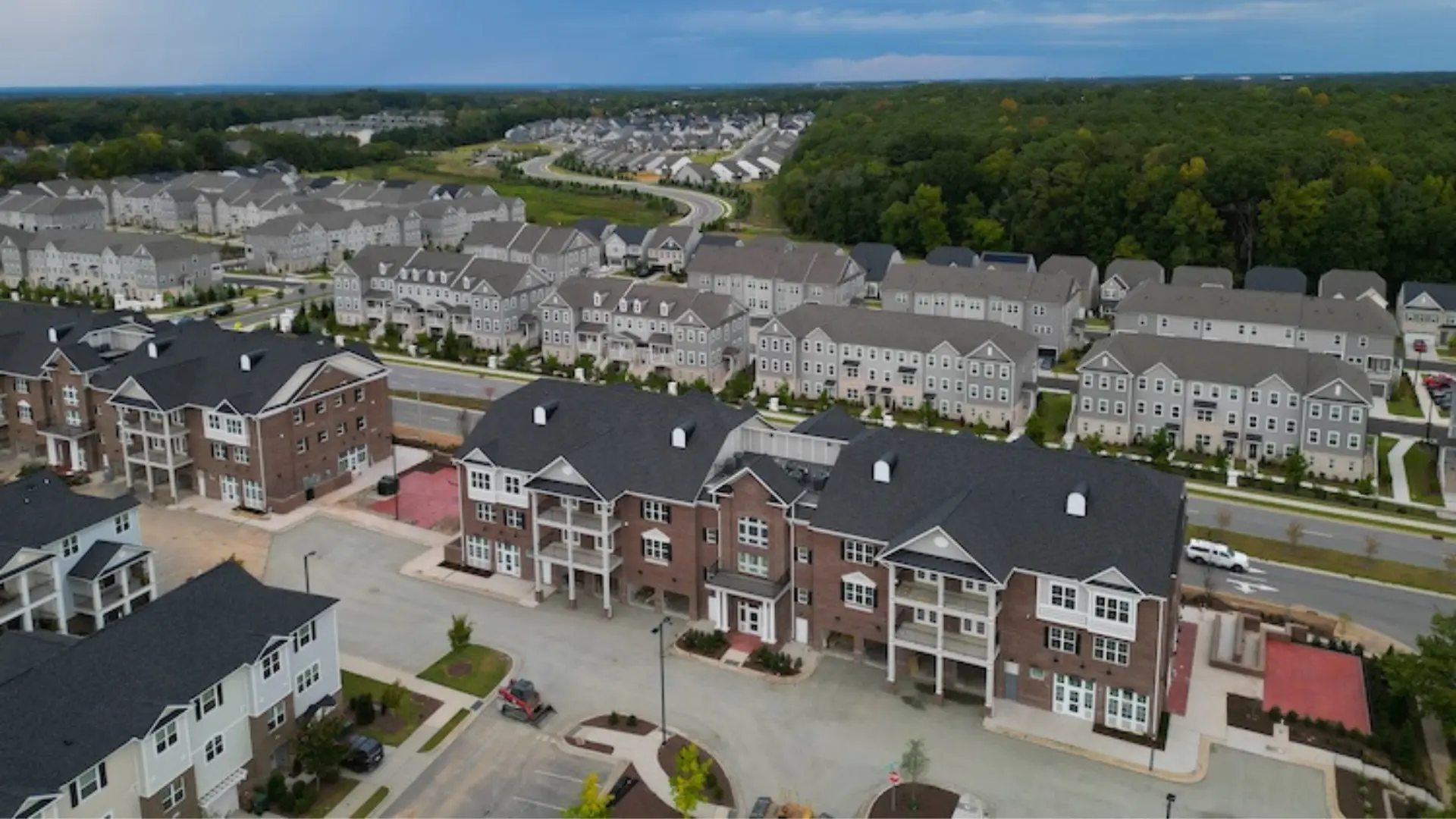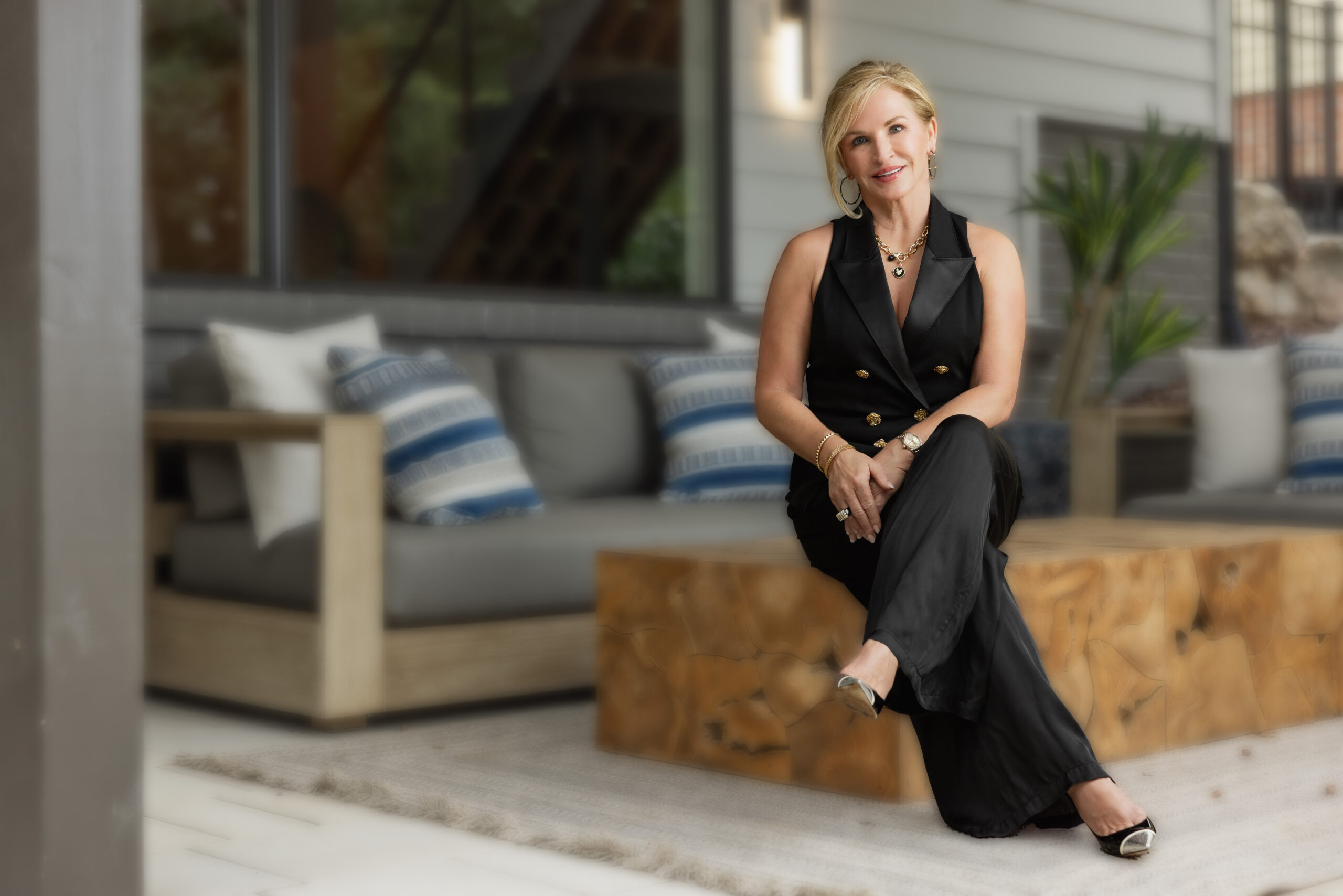A skyline evolves: Why Peace Street in Raleigh will be a bold new chapter for the city

Just like the rest of the Triangle region, downtown Raleigh is shifting. One block that symbolizes that change is Peace Street. Raleigh City Council ignited a major transformation by approving the rezoning for the West at Peace mixed-use tower. Soon, Peace Street in Raleigh will become a focal point for the city as leaders work to build walkable urban destinations for residents in the region.
Here’s what to expect from the West at Peace development, as well as the vision for Peace Street.
What is West at Peace
West at Peace is a planned 30-story building set on a 2.6-acre site where Peace and West Streets converge. The building will bring hundreds of new housing units for people looking for an urban lifestyle. Raleigh Development Company is the team behind the building, which will also be a large, mixed-use development that includes retail space as part of its offerings.
It’s also across the street from Publix, which is currently the only major grocery store chain in downtown Raleigh. In short, West at Peace is a prime spot for anyone seeking convenience in an urban setting.
How this fits the needs of Raleigh
City leaders are following the City of Raleigh’s 2030 Comprehensive Plan, which has specific goals to help Raleigh grow in a smart, sustainable way. One of those goals promotes mixed-use, walkable developments like West at Peace. These developments provide opportunities for residents and make the city “workable, livable and prosperous.”
Peace Street in Raleigh is just one of many types of developments that are helping the city grow in this way. The development will be a complement to Smoky Hollow Park, a 14-acre site for greenways and gathering spaces, set for completion in 2028. It’s also next door to Williams Realty + Building Company and Kane Realty Corporation’s Smoky Hollow District, which has already begun to transform downtown Raleigh with mixed-use spaces. Together, these projects will answer the demand for sustainable growth in the city.
Understanding the bigger picture
Projects like West at Peace, the Smoky Hollow District, and Seaboard Station by William Peace University signal the move toward higher density, mixed-use vitality that re-imagines underutilized spaces in Raleigh. Many of these projects connect the history of the locations where they are built. And they bring a unique blend of historic charm and modern vibrancy to the city.
In addition, because these projects are urban infill — not urban sprawl — the city is strategically built for sustainability, walkability, and fiscally efficient growth. It shows that there is still massive amounts of opportunity at the heart of Raleigh. And it shows that developers are willing to put significant thought into offering residents what they need to live, work, and play.
What to watch for
The timeline for West at Peace is still to be determined. But as continued growth continues to span across the Triangle, projects like those happening at Peace Street in Raleigh will be critical to the region’s success. In addition, every milestone involved in these types of developments impacts the perception of what’s happening in the market. As tenants begin to fill these spaces — both on the retail and residential side — market demand will change the way real estate is handled in the Triangle area.
The thing to keep in mind is that mixed-use real estate is only as successful as the people who choose to buy into it. It requires filling retail spaces with shops and restaurants that people want to frequent. And it requires a developer that is willing to invest in the infrastructure, architecture, walkways, and designs that make it a desirable place to live and work. For buyers, renters, or business owners considering proximity to downtown Raleigh, West at Peace could redefine what “in-town living” looks like.
Final thoughts
The West at Peace development is more than another tower. It’s also a moment for Raleigh to define its next 20 to 30 years. It allows city leaders to show initiatives to grow boldly without losing the character and connections that make the city uniquely livable and a massive attraction to new residents. Peace Street in Raleigh is just one of many ways Raleigh is continuing to grow.



